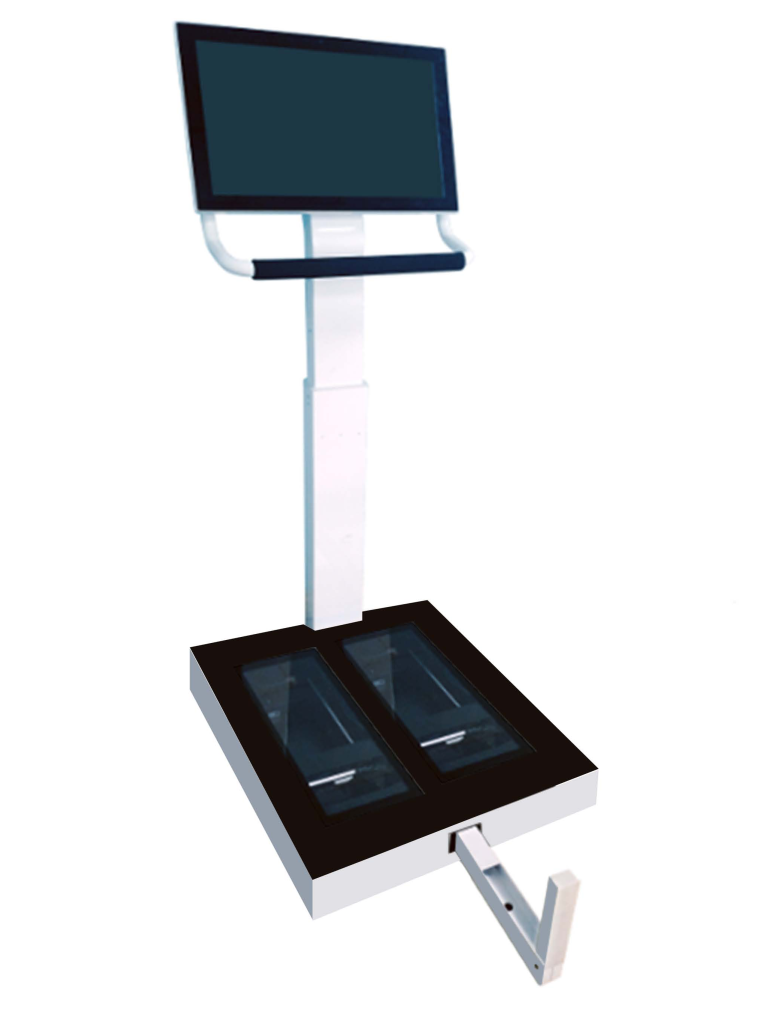In today’s rapidly evolving medical technology landscape, high-precision foot 3D scanners are quietly transforming traditional diagnostic and therapeutic approaches with their unprecedented accuracy and convenience.
This technology not only brings revolutionary breakthroughs to fields such as orthopedics and rehabilitation medicine but also plays a crucial role in the formulation of personalized treatment plans for patients.
Overview of Technology: Precision Captures the Details
High-precision foot 3D scanners utilize advanced non-contact optical measurement technology to complete comprehensive, high-precision scans of the foot’s morphology in just a few seconds.
Unrestricted by the patient’s body type, age, or skin condition, these scanners can accurately capture every subtle change in the foot, including bone structure, muscle distribution, and pressure distribution. These data, processed through 3D reconstruction technology, generate highly accurate foot models, providing doctors with intuitive and comprehensive diagnostic references.

Medical Application Cases: Comprehensive Upgrades from Diagnosis to Treatment
- Accurate Gait Analysis
Abnormal gait is an early symptom of various diseases, such as diabetic foot, flat feet, high-arched feet, and knee osteoarthritis.
High-precision foot 3D scanners can record in detail the dynamic changes in the foot during walking. By comparing with normal gait models, they can diagnose the causes of gait abnormalities accurately. This not only aids doctors in formulating targeted treatment plans but also allows for continuous monitoring of treatment efficacy during rehabilitation, achieving precision and personalization in treatment.
- Custom Orthotic Insoles and Braces
Based on high-precision 3D scanning data, doctors can customize orthotic insoles or braces for patients. These personalized products can precisely match the patient’s foot shape, effectively alleviating foot pressure, improving gait, and preventing or reducing joint pain and injuries caused by abnormal gait. For athletes, custom insoles can enhance performance and reduce sports injuries.
- Preoperative Planning and Postoperative Assessment
In orthopedic surgery, high-precision foot 3D scanners are widely applied.
Before surgery, doctors can use scan data to build 3D models of the foot for surgical simulation, precisely planning the surgical path and implant size to increase surgical success rates. Postoperatively, by comparing pre- and post-surgical foot shapes, doctors can objectively assess surgical outcomes and adjust rehabilitation plans accordingly.
- Telemedicine and Research Support
With the popularization of the Internet, high-precision foot 3D scanners have become important tools in telemedicine.
Patients can complete scans at home, with data transmitted via the Internet for expert diagnosis, greatly facilitating patient care. Simultaneously, these data serve as valuable resources for medical research, aiding researchers in exploring the etiology of foot diseases and advancing medical technology.
Looking to the Future: Unlimited Potential in Precision Medicine
The emergence of high-precision foot 3D scanners marks a shift in medical diagnostics and treatment toward greater precision and personalization.
As the technology matures and applications expand, it is reasonable to believe that this technology will play a significant role in more fields, offering patients safer and more effective treatment options. It will also drive the digital transformation of the healthcare industry, promoting the optimization of medical resources, and making precision medicine accessible to a broader population.
High-precision foot 3D scanners demonstrate significant potential and value in the medical field with their unique advantages.
